- Replies 45
- Views 7.8k
- Created
- Last Reply
Top Posters In This Topic
-
cumminsVP2001 15 posts
-
Mopar1973Man 7 posts
-
AH64ID 7 posts
-
trreed 6 posts
Popular Days
Most Popular Posts
-
I dont have the dyno numbers you're after since I've never seen anyone do a run with and without air filter. But nonetheless, I really cant imagine what benefit you'd get since most BHAF's are rated
-
I can see for track or dyno purposes of putting on a velocity stack. Then when you are done with the fun I would toss the BHAF back on again.
-
You might see a small gain. There is only few percent difference in flow acceleration versus a pipe with a slight radius (stock, BHAF, etc) and a smooth radius. A longer stack will net more gains th




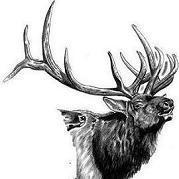
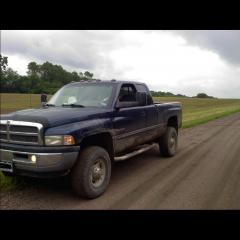
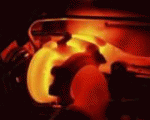
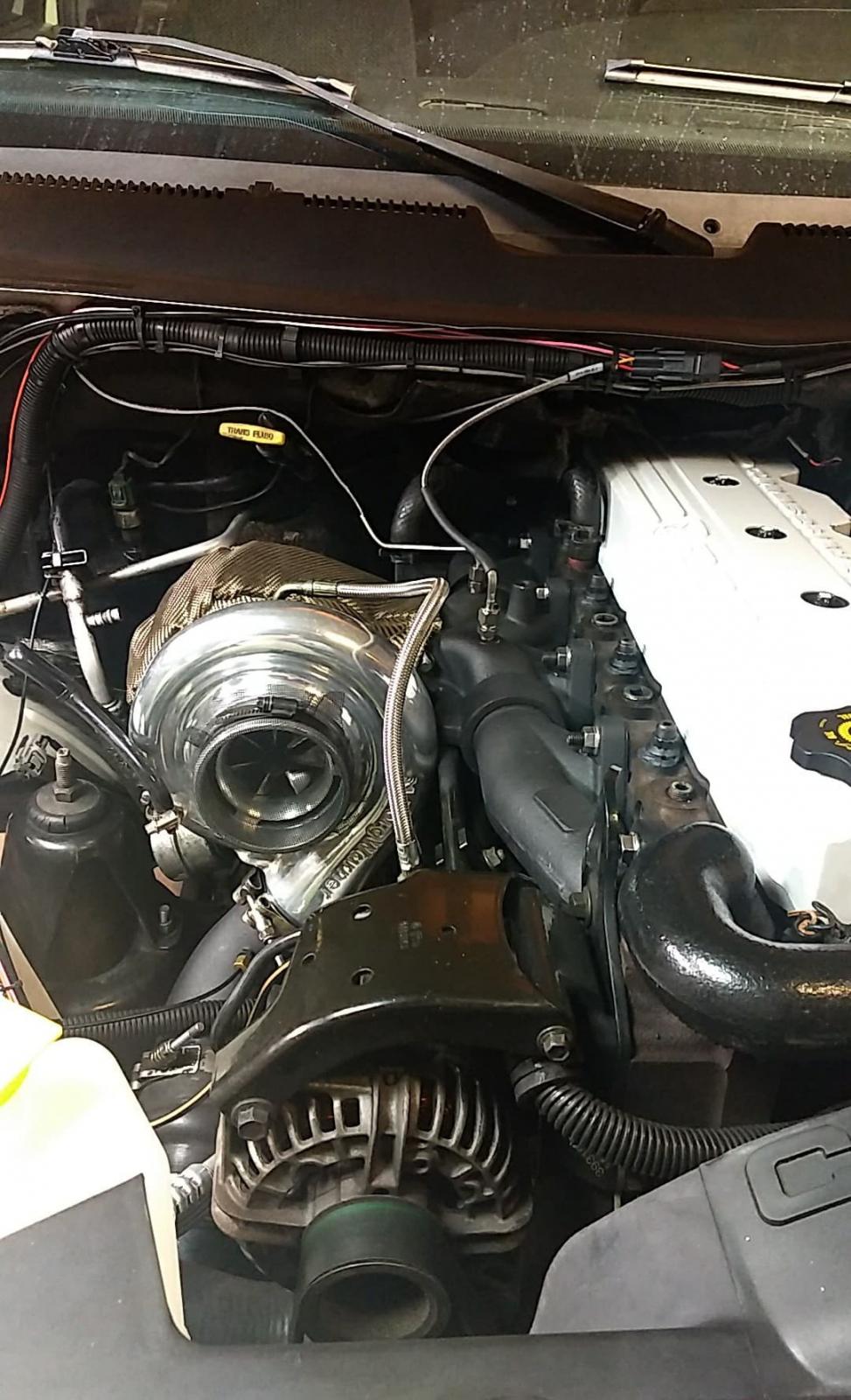
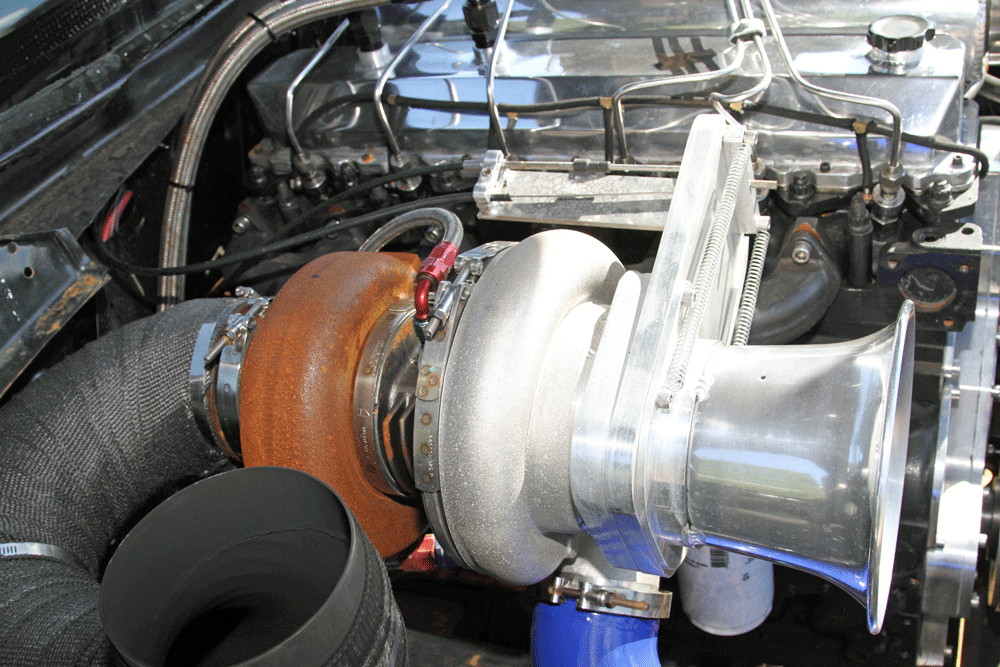
just a quick question. has anyone seen or had dyno numbers with and without running an air filter. THIS IS FOR DYNO/TRACK PURPOSES ONLY!!!! i dont wanna hear how its stupid to drive around without a filter. almost everyone i see takes their filter off or always runs no filter on their setup for dyno/track runs